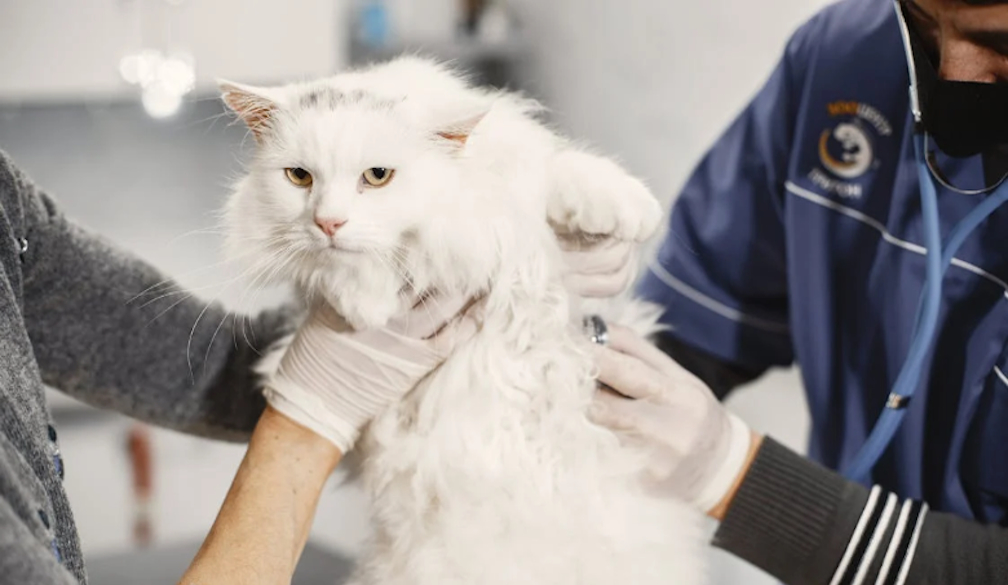Designing Pet-Friendly Vet Clinics: Key Considerations for Vet Clinic Fitouts

Pet-friendly spaces in veterinary clinics are essential for their aesthetic appeal and profound impact on pets and owners. These thoughtfully designed spaces can significantly ease the stress associated with vet visits, making the experience more pleasant for everyone involved.
Let us learn more about the vital considerations in creating such welcoming environments, highlighting how focusing on specific design elements can transform a clinic visit into a positive, stress-free event for pets and their caretakers alike.
The Importance of Pet-Friendly Design in Vet Clinics
Incorporating pet-friendly design into vet clinics, whether in bustling cities like Sydney, serene towns in the countryside, or vibrant communities in Melbourne, plays a crucial role in reducing stress for pets and their owners.
A calm, welcoming environment can significantly ease the anxiety accompanying veterinary visits, allowing pets to receive the care they need without undue distress. This is where the expertise of a vet fit out company in Sydney and Melbourne, among other cities in Australia, becomes invaluable. These professionals bring thoughtful design considerations that enhance the overall veterinary care experience.
Such attention to detail fosters a sense of trust and well-being, aiding in building long-term relationships with pet owners who are more likely to return to a clinic where they and their pets feel understood, comfortable, and cared for.
Key Considerations for Vet Clinic Fitouts
Creating an ideal environment for a veterinary clinic involves meticulous planning and consideration of various elements. One critical aspect is the selection of appropriate flooring materials.
Flooring Materials
Choosing durable, non-slip, and easy-to-clean surfaces cannot be overstated in a vet clinic setting. Recommended materials like vinyl and rubber stand out for their benefits to pets and practicality.
Vinyl provides a balance of smoothness and grip, significantly reducing the risk of slips, an essential feature in any pet care facility. On the other hand, rubber offers a more forgiving surface that can be easier on animals' joints, making it an excellent choice for areas where pets may spend extended periods standing or moving.
Both materials are also known for their durability and ease of maintenance, ensuring that the clinic can maintain high hygiene and safety standards with minimal hassle.
Waiting Room Layouts
In the design of waiting room layouts, prioritizing comfort and stress reduction for pets is essential. Creating separate areas for different types of animals can significantly minimize tension, allowing for a more relaxed atmosphere. For instance, having distinct zones for cats and dogs prevents unnecessary stress caused by direct interaction.
Additionally, incorporating visual barriers plays a crucial role in minimizing direct animal sightlines, helping to keep pets calm by reducing visual stimuli that might provoke anxiety or aggression. This thoughtful approach ensures a peaceful waiting experience for all.
Calming Design Elements
Adding calming design elements into vet clinics is essential for creating a serene atmosphere that benefits pets and their owners. Soft, soothing colours and textures can calm animals, making them feel more at ease.
Natural lighting also helps create a warm and welcoming environment, while soundproofing techniques reduce the impact of external noise, further contributing to a tranquil setting. Furnishing choices are also crucial. Comfortable seating for humans alongside pet-friendly spaces ensures that everyone feels accommodated and at peace during their visit.
Accessibility
Accessibility is another critical factor in vet clinic design, ensuring that pets of all sizes and mobility levels can easily navigate the space. This includes wider entrances to accommodate larger animals and those with mobility aids and ramps instead of stairs wherever possible.
Exam rooms and other facility areas should be thoughtfully arranged to allow ample movement, including space for wheelchairs and strollers. Doorways and passageways should be designed to prevent crowding and facilitate a smooth flow throughout the clinic.
Pet-Friendly Amenities
Pet-friendly amenities play a crucial role in enhancing the vet clinic experience. Including water stations ensure pets can stay hydrated, while designated play areas and rest spots provide opportunities for relaxation and mental stimulation.
These amenities cater to the physical needs of pets and significantly improve their overall comfort during visits. Additionally, clean and accessible restroom facilities for pets are essential, promoting hygiene and convenience. By thoughtfully incorporating these amenities, clinics demonstrate a commitment to the well-being and care of all visiting pets.
Innovative Features to Consider
Advanced technology, such as pheromone diffusers, can create a calming environment, mimicking the natural chemicals animals produce to communicate a sense of safety and well-being. Additionally, incorporating interactive features within the clinic can serve as engagement and distraction tools during wait times.
This could include tactile play mats for sensory stimulation or digital screens displaying serene landscapes. Such thoughtful implementations enhance the pet's experience and reduce anxiety and stress, making visits more pleasant for pets, owners, and staff.
Final Thoughts
Pet-friendly design has a profound impact on the success of vet clinics, directly influencing client satisfaction and pet comfort. By creating environments that cater specifically to the needs of animals, clinics not only alleviate the stress associated with visits but also foster a stronger bond between pets and caregivers. This approach can lead to increased loyalty, positive word-of-mouth, and, ultimately, the long-term success of the clinic.








